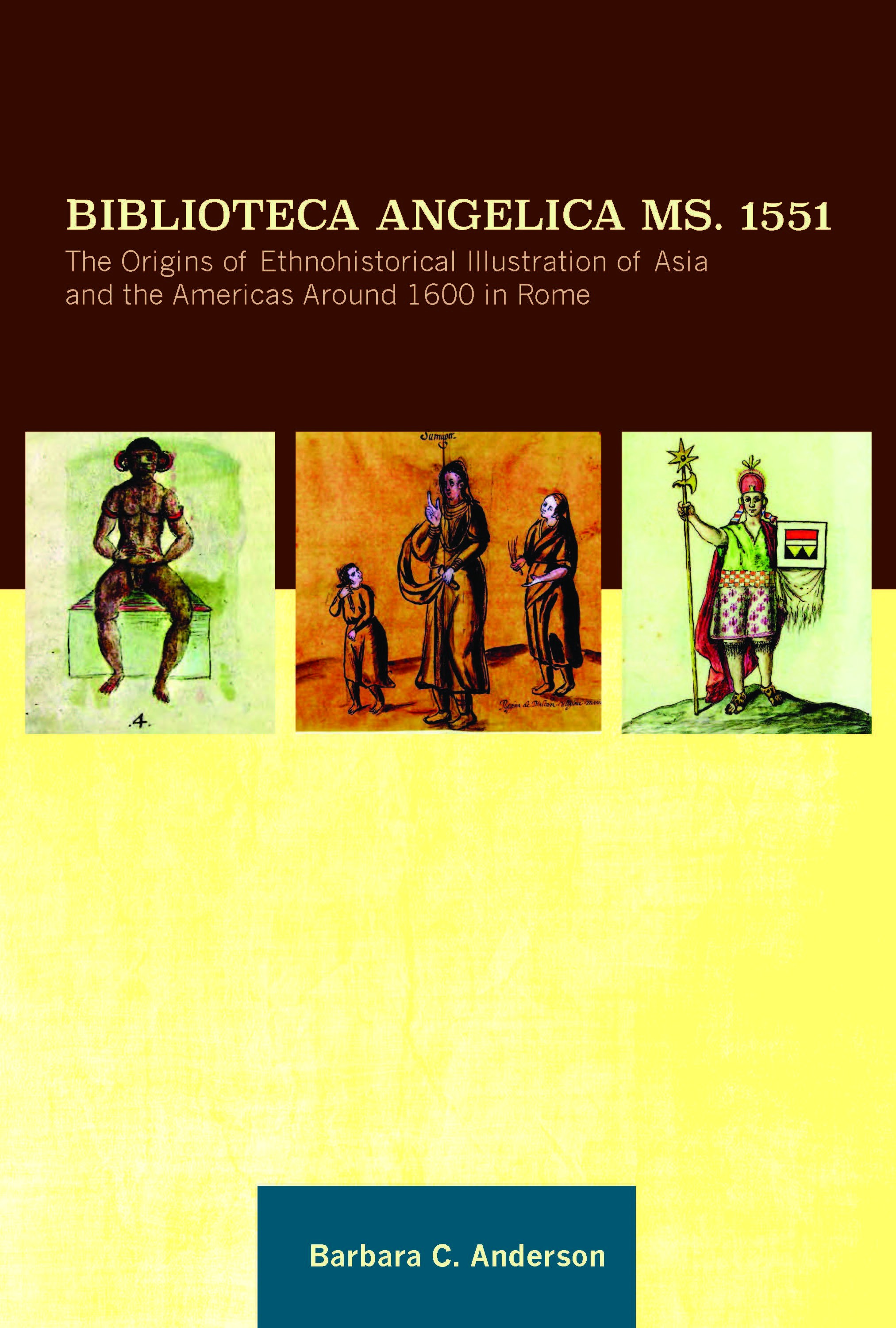Biblioteca Angelica ms. 1551: The Origins of Ethnohistorical Illustration of Asia and the Americas Around 1600 in Rome

Biblioteca Angelica ms. 1551 consists of three sets of watercolor drawings, each depicting non-European peoples or places in Asia and the Americas, and belonged to the famous collector and antiquarian Camillo Massimo (1620-1677). It was part of a large donation by his descendants in the nineteenth century.
This is the first in-depth investigation of the three series in terms of materials or manufacture, possible relations to one another or other contemporaneous illustrations, and role in advancing understanding of the depiced peoples. CLues within the drawings, their style, and content suggest not only new interpretations, but specific links between and among them, placing them squarely into the most intense period in trhe early modern era of European interest.
Barbara Anderson earned her MA degree from Tulane University in 1972 and her PhD from Yale University in 1979. She taught at the University of New Mexico and Southern Methodist University before joining the Getty Trust in 1983, retiring in 1988. Her recent publications and exhibitions have focused on Spanish painter Fernando Gallego. She received an American Philosophical Society Benjamin Franklin Research Grant to study ms. 1551 in Rome.
